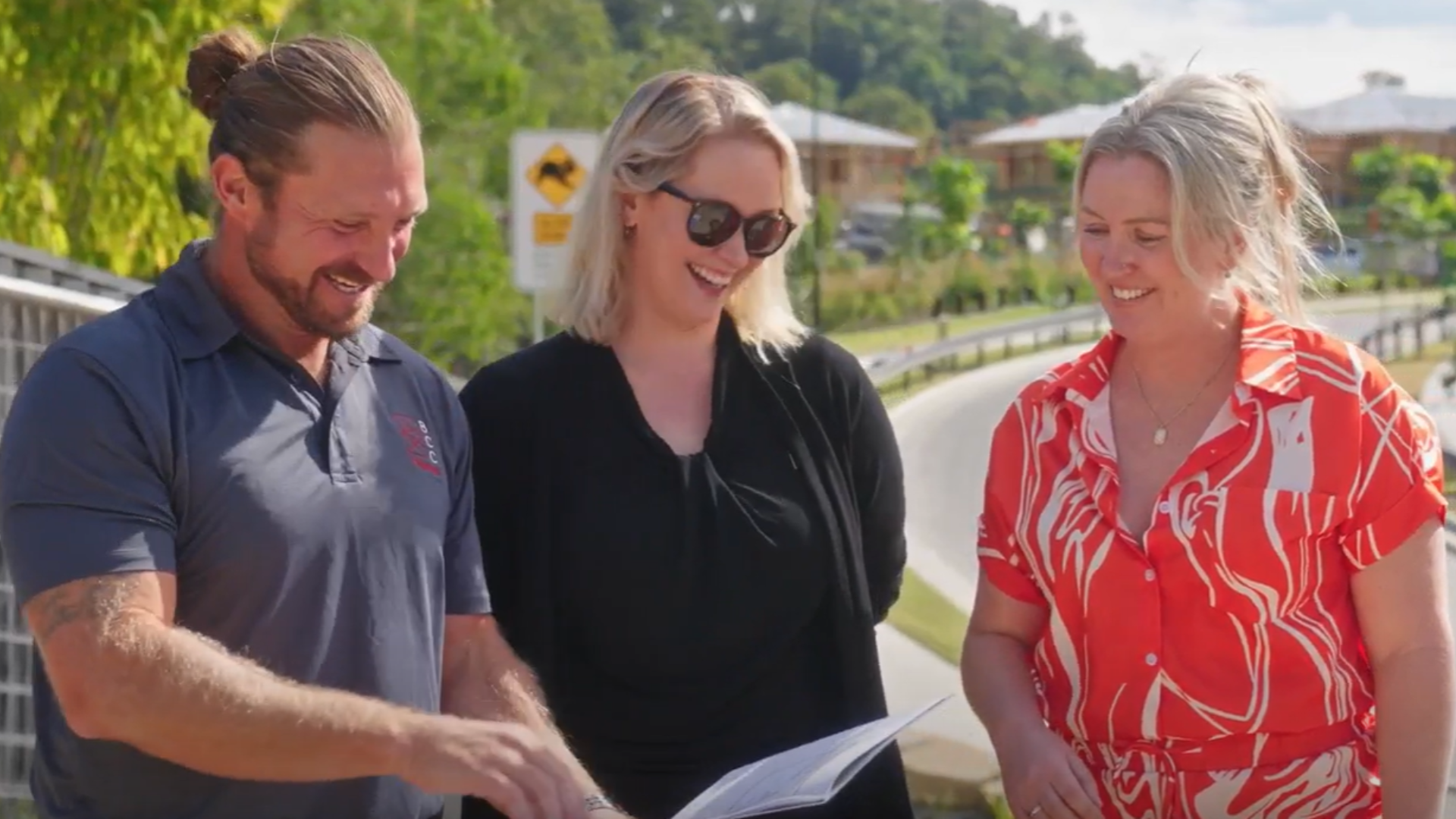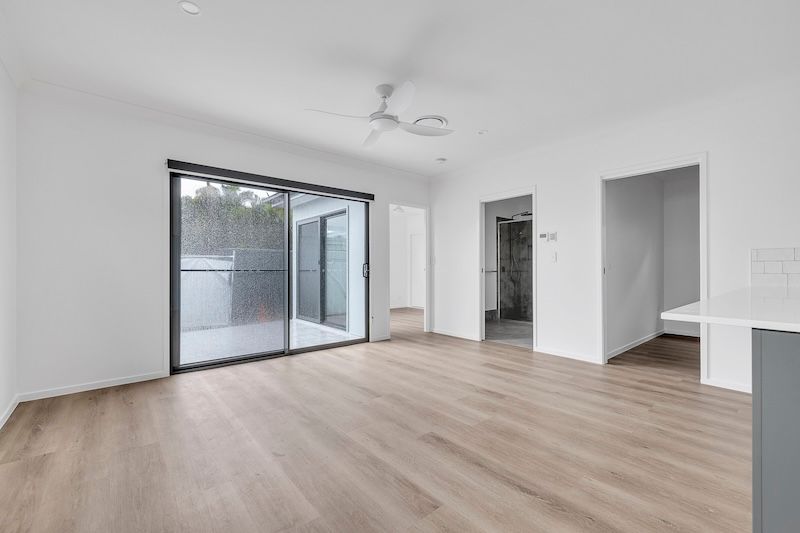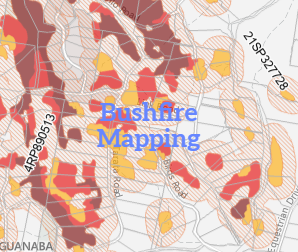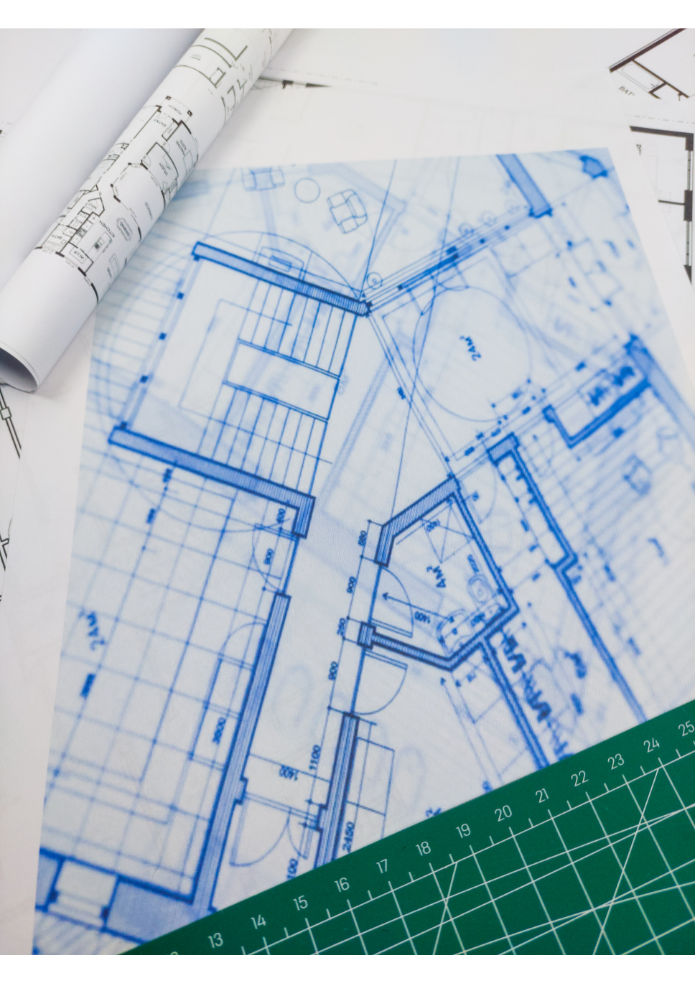What to expect when building a granny flat on your property.
October 11, 2023
A common question we get is; what to expect when a granny flat
is building starts on my property? First and foremost, we recognise that most people are asking about the safety and well-being of their children and pets, and we can assure you by saying that before any work commences onsite, there will be secure and sturdy fencing erected for everyone's safety.
There are going to be trades coming to site most days, and suppliers will be making deliveries throughout the build. To ensure this doesn't catch you off-guard, we will provide you a detailed brief at the start of each week. It will outline who and what to expect at your house and what stage we should achieve that week.
BCC Homes and our contractors work to a code of practice whereby we will not start on site before 6:30 am and will finish no later than sundown. At the end of each work day, the site will be left immaculate with rubbish removed to the allocated skip bin on site. We take pride in our craft and capture photos at each of our site visits for each claimable stage, and (with your permission) we will share these on our social channels.
Finally, we also understand that building a home, or granny flat, is a huge undertaking and can be stressful for a myriad of reasons. If you have any concerns regarding any aspect of the build, we are here to speak with you whenever you need.
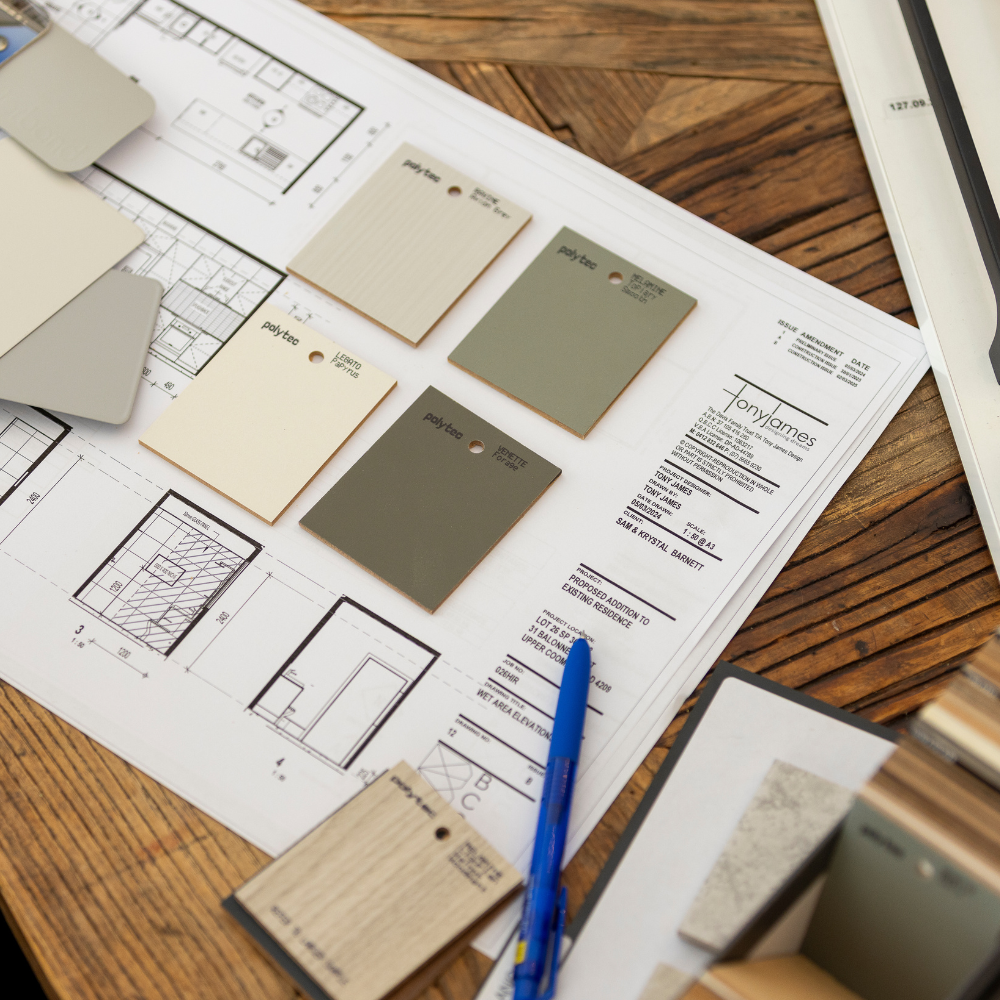
If you've started collecting quotes for your Granny Flat, you've probably noticed prices can vary by tens of thousands of dollars. So how do you know which quote represents the best value? Here's the thing: not all quotes are built the same way. Two builders can quote the same project, but what they include can be completely different. Understanding these differences is the key to making a confident, informed decision. Let's break down what to look for. 1. Ask for a Detailed Inclusions List Some builders quote only the basic structure, while others include everything from design and approvals to quality finishes and fixtures. The difference can be significant – sometimes $20,000–$40,000 worth of items. Always ask for a detailed inclusions list so you can see exactly what's covered. If something isn't written down, make sure to ask about it. The more detail you have upfront, the easier it is to compare your options fairly. Tip: If something isn’t listed, it’s probably not included. 2. Understand Your Site Conditions Every site is unique. A flat, easily accessible block will have different requirements than one that's sloped or has access challenges. Generic quotes based on "typical conditions" might not reflect your actual situation. At BCC Homes, we never offer a fixed-price quote until Sam has assessed your site. This way, you get an accurate number based on your specific property – giving you confidence in the price from day one. 3. Clarify What's Included in Design and Approvals Some builders charge separately for design work, plan revisions, and approvals, while others include these as part of the process. At BCC Homes, we include design and approvals with 3 plan revisions built in. Understanding what's covered here not only saves you time and potential surprises later but also helps you budget accurately and ensures your design will meet all council, energy efficiency, and bushfire requirements before construction begins. 4. Look at the Builder's Track Record Beyond price, consider the builder's communication style, reviews, and completed projects. A builder who's clear and transparent during the quoting process will give you confidence throughout the entire build. Look for someone who answers your questions thoroughly and helps you understand what to expect. At BCC Homes, we’re happy to walk you through our inclusions and help you compare your quotes line by line, so you know exactly what you’re getting. The Bottom Line The goal isn't necessarily to find the cheapest quote – it's to find the best value. That means working with a builder who's transparent, includes everything you need from the start, and helps you understand every step of the process - no hidden extras, no guesswork. At BCC Homes, we're here to help you understand your quotes and make informed decisions. We're happy to walk you through our inclusions line by line, so you can compare your options with confidence. Ready for your quote? Book in a call and let's see how we can turn your dream into a reality. Link



